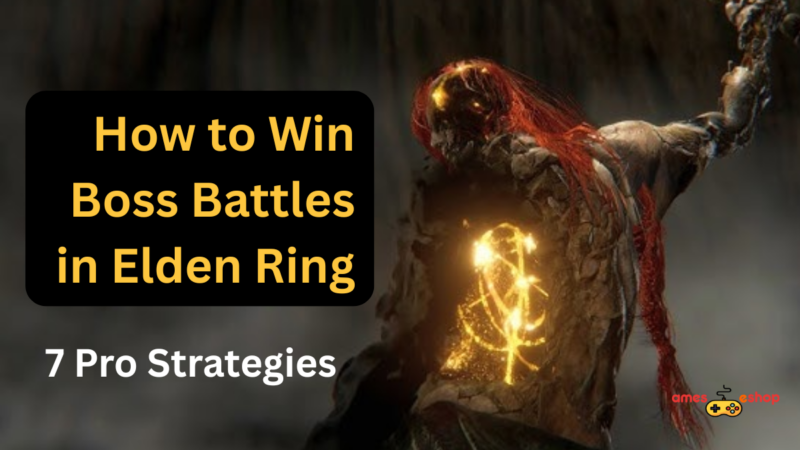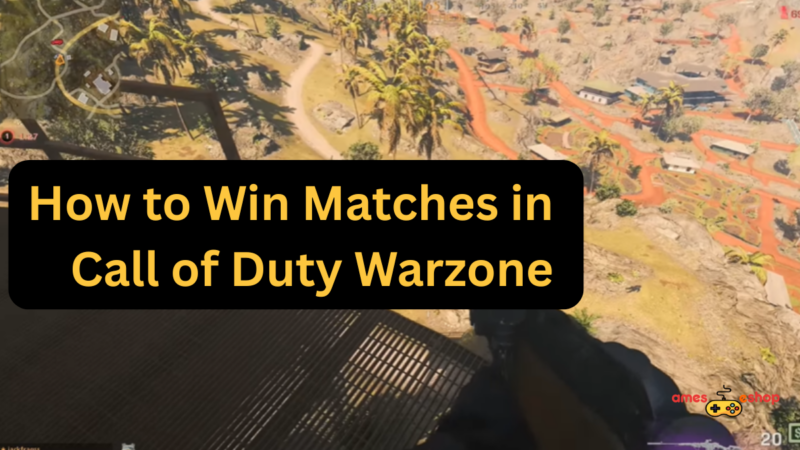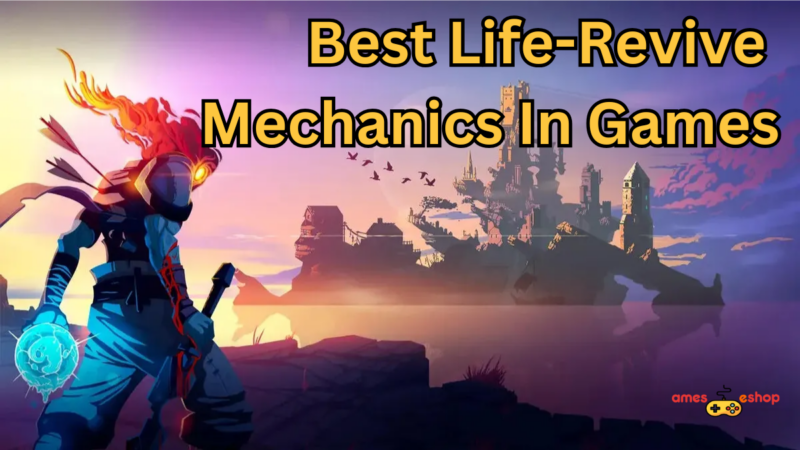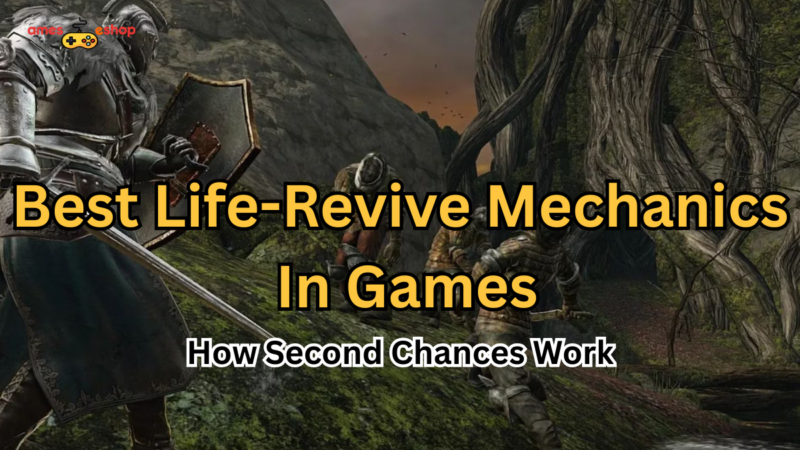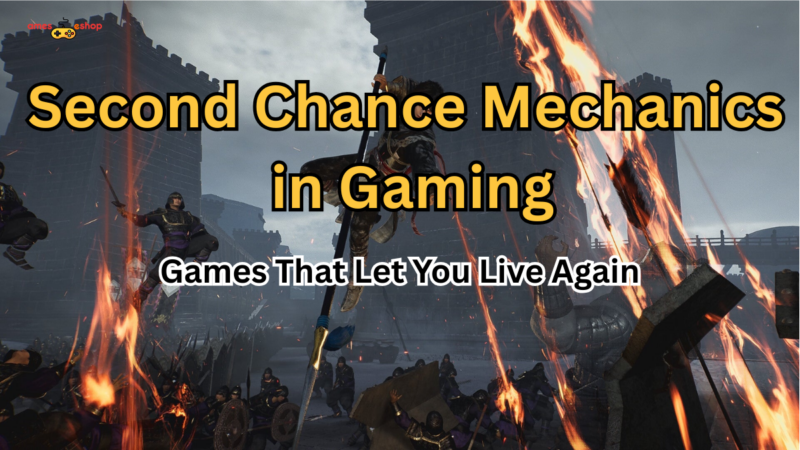All CSGO Callouts Dust 2: Map Guide
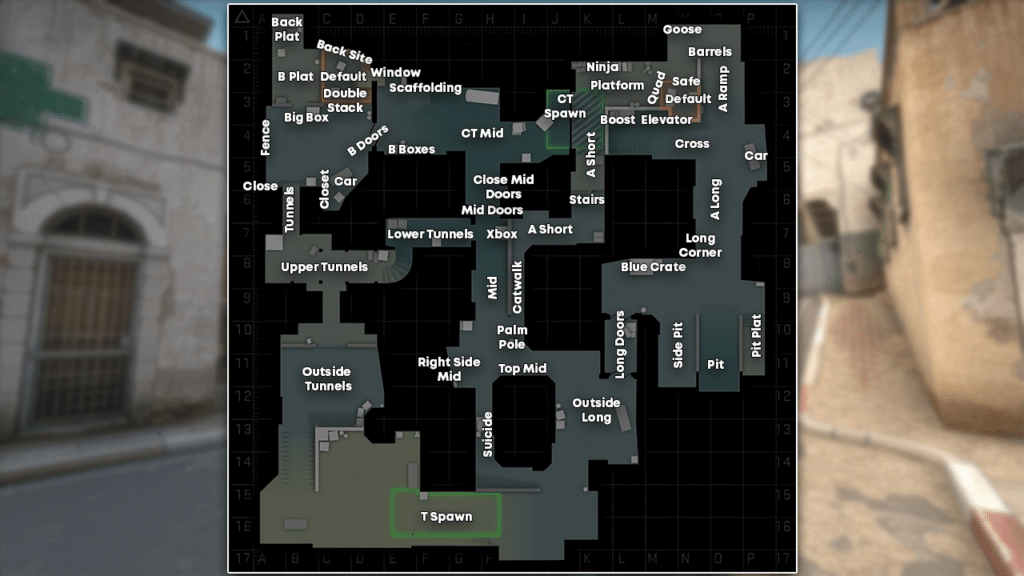
CSGO Callouts Dust 2 also known as Dust 2, is an immensely popular map among players of Counter-Strike, Counter-Strike: Global Offensive, and Counter-Strike: Source. Its popularity is so immense that even some other first-person shooter games have copied its design. This is hardly surprising considering the map’s ability to keep players entertained for over two decades. To commemorate its popularity, we are releasing a Callout guide for Dust 2, which will help new players familiarize themselves with the locations on the map and enable easier communication with their team. Accurate information about the enemy’s location can assist your teammates in locating opponents, making it easier to defeat them.
Counter-Strike: Global Offensive Guide
The layout of Dust II is illustrated below, along with the corresponding terminologies. This article aims to provide additional information and historical background for each callout. Starting with T Spawn, we will explore numerous locations on the map. With many spots available, it may take time to decide where to begin. However, we will start with T Spawn and proceed from there.
The map CSGO Callouts Dust 2 has several callouts that players use to communicate with their teammates. These CSGO Callouts Dust 2
include:
T Spawn
This is where the opposing team spawns.
Suicide
This area is called “suicide” because it poses a high risk to players. If a CT player is positioned in CT Mid, they can take out an opponent running through the area, leaving them with limited options for cover. By the time the rushing player can respond by using smoke to block the doors, any advantage they might have gained by running through Suicide would be lost.
Right Side Mid/Green
The term “Green” was coined in Counter-Strike to refer to a specific location at Top Mid, likely due to a green box in the area.
Top Mid (Barrels, Palm)
The location known as Top Mid typically refers to the area situated over the mid-ramp. Conversely, barrels are a particular spot often utilized for sniping and can effectively communicate information to your team members. While Palm used to exist in Counter-Strike: Source, a telephone pole surrounding the barrels in the current version has been added.
Read More –CoD Series – All Call of Duty Games in Order
Xbox
This spot is named after the “X” that it had been kept on the side of the box in Counter-Strike.
Catwalk (Cat): One possible interpretation is that it resembles a catwalk, featuring a low and narrow wall that can be traversed like a feline.
Outside Long
In CS:GO, a car is present in a position that did not exist in the previous version, Counter-Strike. This car now serves as an effective landmark to convey information and provides a spot for hiding to secure some easy kills.
Long Doors
There is also a “box” within this chamber that you can boost on top of.
Blue (Blue Box): It is called Blue because it is blue.
Pit (and Side Pit, Pit Plat): Numerous camping spots are available in the three sections of the Pit.
Long Corner
The Long Doors in CS:GO are frequently guarded by CTs who often camp at this popular location.
A Long
Before crossing this area, it is recommended to use smoke and flash grenades due to its expansive and exposed nature.
A Car
This position did not exist in Counter-Strike.
A Cross
This is a critical junction with potential hazards present from all directions.
Elevator/Boost/Pocket
It is a good hiding spot with many different names. Players can sneak a boost with their friends and surprise their opponents.
Short Boost
This spot is ideal for boosting to rush Short as CT. However, defending Short from this location can be challenging, even though it’s a fun spot.
A Ramp
The slope leading up to the A site is commonly referred to as Ramp, and if you notice someone hiding behind the box, it can be used as an additional identifying feature.
A Default Plant
It would be more effective to provide a specific callout for this location rather than simply referring to it as “A,” despite many boxes in the area.
Goose
This location is referred to as “Goose,” named after one of the creators of the original Counter-Strike game, Minh Le, who went by the nickname “Goose.” This is due to the presence of graffiti art of a goose that used to be present in this location in the earlier version of the game.
Ninja
This spot is a perfect hideout during a Long push. It has been known to be overlooked by opponents, leading to successful Ninja defuses. Since Ts often defend short from the site and may not leave, one can approach undetected and use smoke and flash grenades to increase the chance of a Ninja defuse.
A Short
The section before or after the stairs on Short is technically still considered Short. Hence, some players have divided it into “T Short” and “CT Short.”
Stairs
There is also a location called “Box Stairs” or “Boost Stairs” (which can be very effective against Lower Tunnel). Additionally, it is important to check underneath the stairs as many opponents may crouch there and go unnoticed.
Read More –Call Of Duty: Black Ops Cold War
FAQs
What are CSGO Callouts Dust 2?
Callouts are specific terms players use to communicate with their teammates about enemy positions or tactics in CS:GO Dust 2. These callouts help players to coordinate their movements and make strategic decisions during gameplay.
Why are callouts important in CSGO Callouts Dust 2?
Callouts are crucial in CSGO Callouts Dust 2 because they help players to communicate efficiently and quickly. Players can relay information about enemy positions and movements to their teammates using these callouts, which helps plan counter-strategies.
How do players learn CSGO Callouts Dust 2?
Players can learn CSGO Callouts Dust 2 by playing the map frequently and listening to the callouts used by their teammates. They can also watch professional CS:GO players or gameplay videos to learn the callouts.
What are some of the most important CSGO Callouts Dust 2?
Some of the most important CSGO Callouts Dust 2 include T Spawn, Mid Doors, Long Doors, A Site, A Ramp, CT Spawn, CT Mid, and B Site. Players commonly use these callouts, which are essential for effective communication and gameplay.
Read More-Call of Duty: Warzone skill-based matchmaking, explained


